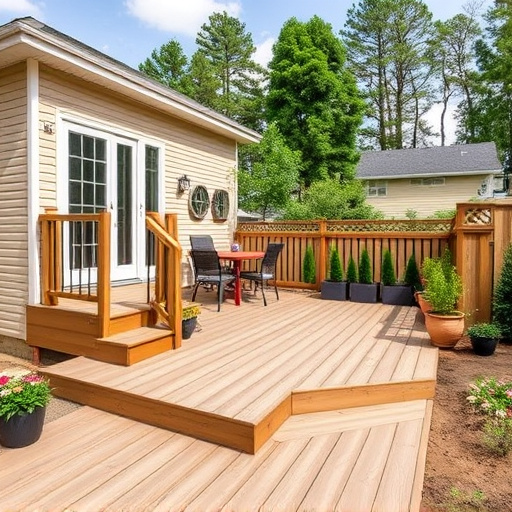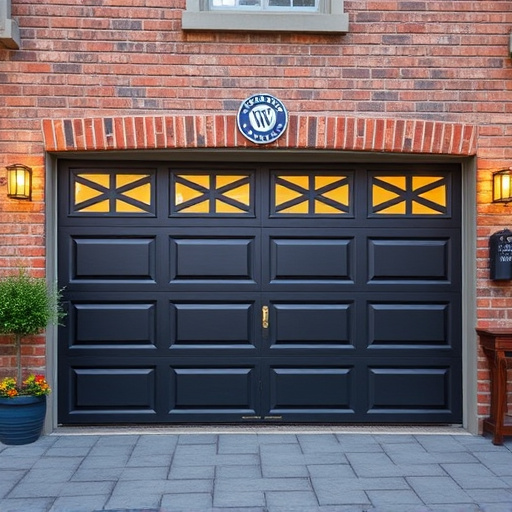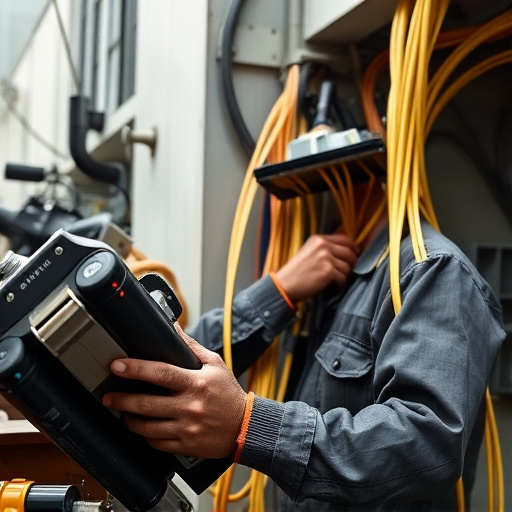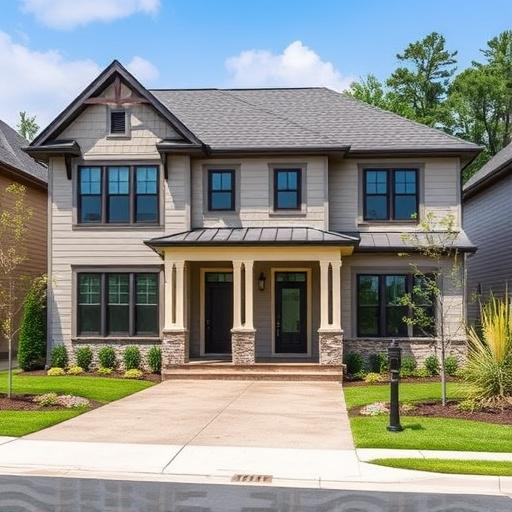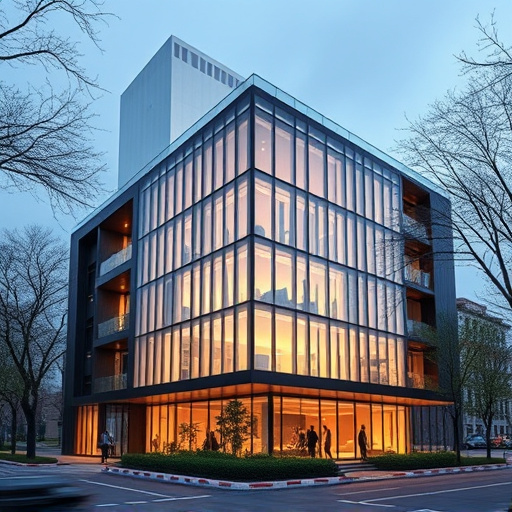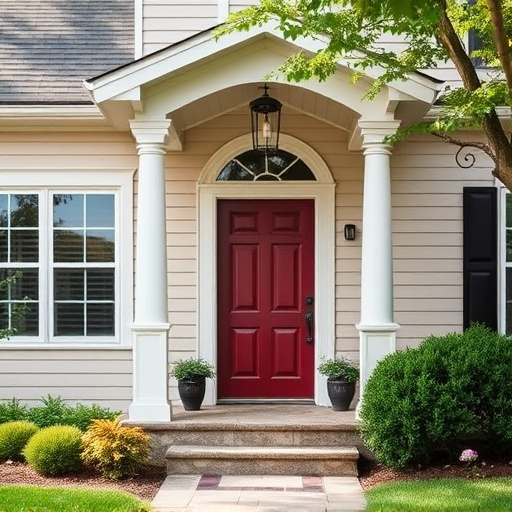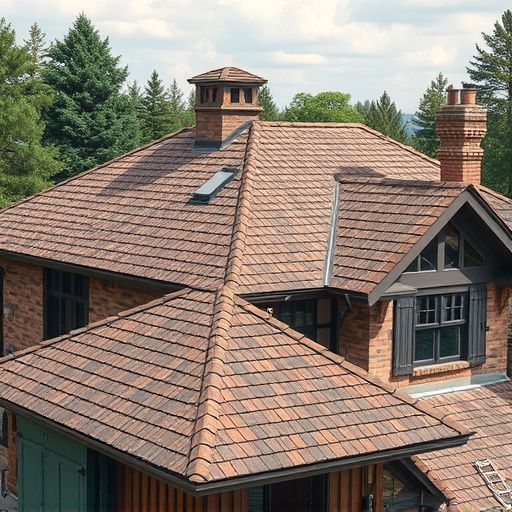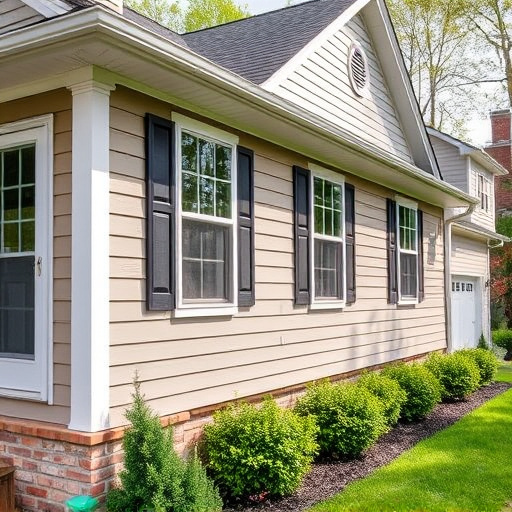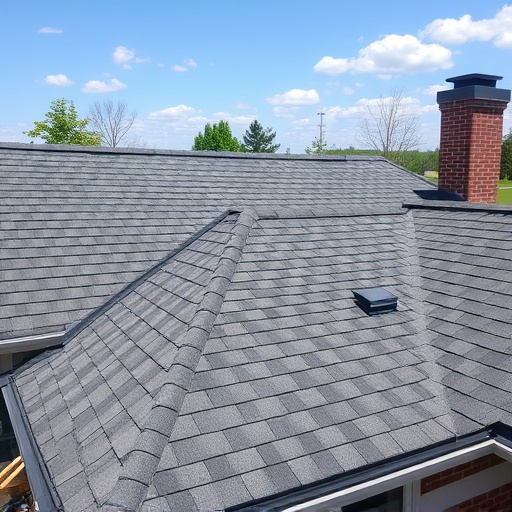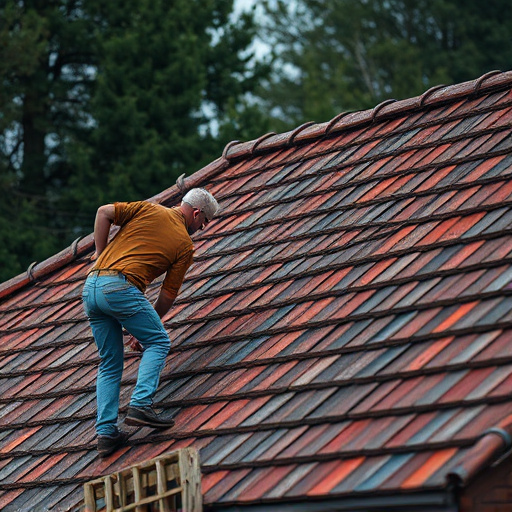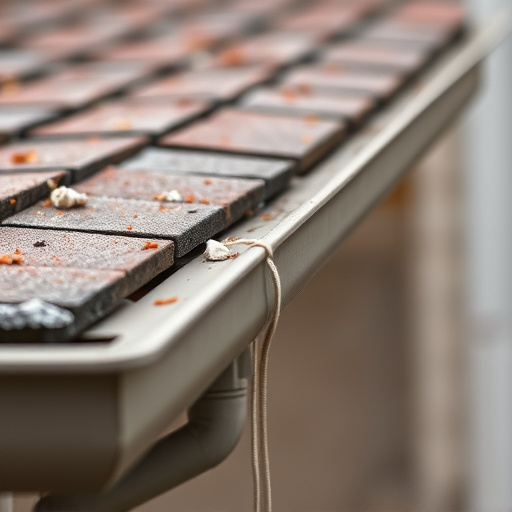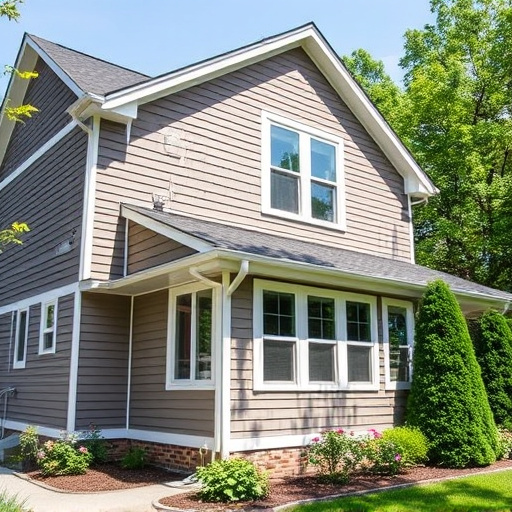When planning a siding system installation, spring or early summer offer the best conditions for a smooth process due to mild temperatures and lighter rainfall. Avoiding late winter or fall extreme weather prevents delays, maintains work quality, and saves costs. Prepare your property, get quotes from specialized contractors, and secure permits for a legal, high-value installation.
Considering a new siding system? Timing is key for optimal installation. This article guides you through understanding seasonal factors, weather considerations, and essential planning tips to ensure a seamless, efficient process. Discover the best time of year to install your siding system, enhancing your home’s curb appeal and durability in every season. From managing moisture to navigating weather patterns, these insights will empower you to make informed decisions for your next exterior renovation project – your siding system.
- Understanding Seasonal Factors for Siding Installation
- Weather Considerations: When to Begin and Avoid
- Planning Tips for Efficient and Effective Siding System Installation
Understanding Seasonal Factors for Siding Installation

When planning to install a new siding system, understanding seasonal factors can significantly impact the project’s timeline and overall success. The best time for siding installation often varies based on geographical location and climate conditions. Spring is generally considered an ideal season in many regions due to moderate temperatures, making it comfortable for both workers and materials. However, this period is also when many home improvement projects gain momentum, potentially leading to longer lead times for professionals and higher demand.
On the other hand, fall offers a second prime window. Cooler weather allows for less physical strain on installers and reduces the risk of heat-related issues with certain materials. Fewer projects during this season often mean faster service and more flexible scheduling for both homeowners and commercial siding companies. Additionally, preparing for winter by installing siding before the cold sets in ensures your home is protected from harsh weather conditions, a crucial aspect for maintaining energy efficiency and preventing damage to the exterior structure.
Weather Considerations: When to Begin and Avoid

When considering a siding system installation, timing plays a crucial role, particularly when it comes to weather conditions. The best time to begin is typically in late spring or early summer. This period offers mild temperatures and reduced rainfall, creating ideal conditions for both the installation process and the long-term performance of your new siding. Starting your project during these months ensures that materials can be properly installed and sealed, allowing them to withstand the upcoming seasons.
On the contrary, severe weather conditions in winter or late autumn can pose significant challenges. Heavy rain, snow, and freezing temperatures may delay the installation process and impact the quality of the work. Moreover, trying to install siding during these periods could result in reduced efficiency for contractors, potentially leading to higher costs. Therefore, to ensure a seamless and effective siding replacement or installation, it’s best to steer clear of these extreme weather conditions and opt for the more favorable spring and summer months.
Planning Tips for Efficient and Effective Siding System Installation

When planning to install a siding system, timing plays a crucial role in ensuring a seamless and efficient process. The best time to embark on this project is during the spring or early summer months when the weather is more predictable. Avoid late winter or early fall as extreme temperatures can hinder work progress and increase material costs for roofing and siding contractors.
Before starting, assess your property’s needs and prepare accordingly. Consider the condition of existing siding, gutters, and roofing to ensure a proper installation. For commercial roofing, meticulous planning is essential due to larger scales and unique challenges. Gather quotes from reputable contractors who specialize in both roofing and siding to find the best value. Additionally, obtain any necessary permits to avoid legal issues during construction.
When it comes to installing a siding system, autumn is often considered the best time of year due to milder weather conditions compared to summer heat or winter’s harshness. By planning during this period, you can ensure efficient installation while avoiding extreme temperatures and heavy rainfall that may delay the process. Remember, proper timing and preparation are key to achieving a seamless and long-lasting siding system for your home.
